Saving Okinawa’s Fragile Coral Reefs
Learn how communities are working together to restore Okinawa’s precious coral reefs for future generations
The islands of Okinawa are surrounded by clear warm waters and ringed with coral reefs. Onna Village, also known as Coral Village, is well known for diving spots such as Cape Manza and the Blue Cave. The area is located on the northwest coast of Okinawa’s main island. Local organizations such as Onna Village Fisheries Cooperative and Okinawa Diving Service Lagoon have continued to protect and restore the precious coral reefs in this area for nearly two decades.
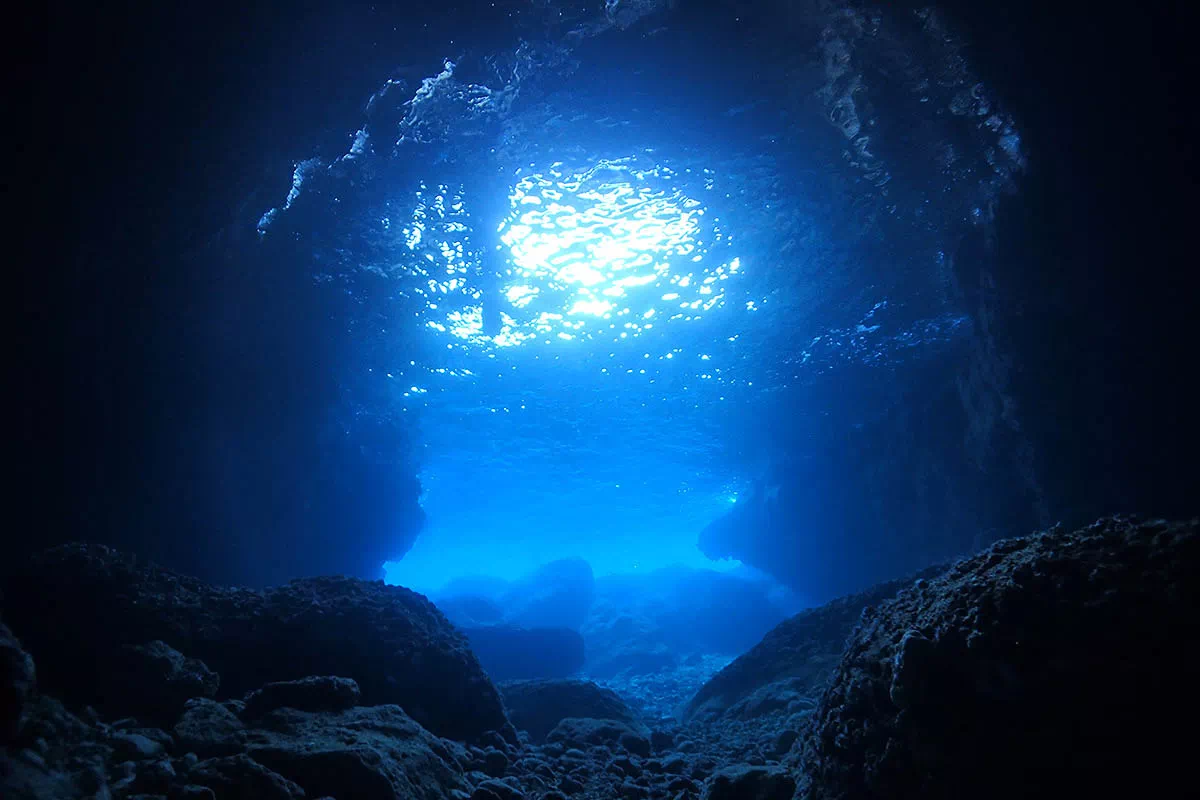
The coral crisis
Coral reefs are one of the most diverse ecosystems on the earth, and Okinawa is blessed to have them just meters off the coast. Coral, which can sometimes be mistaken for plants or rocks, are actually living structures that, in turn, are home to countless plant and animal species.
Okinawa’s reefs have traditionally provided local communities with a wide variety of fish for food, and offered natural protection against strong waves during typhoons. Today, the coral reefs support a considerable section of the tourism industry, with many divers and snorkelers visiting to experience the ocean’s beauty and its sea life. Marine research is conducted at centers of learning such as the Okinawan Institute of Science and Technology Graduate University (OIST), the University of the Ryukyus, and the Okinawa Churashima Foundation. Their research suggests that coral reefs may be able to play a vital role in developing medicines such as new types of antibiotics.
Coral reefs occupy less than 0.2% of the world’s oceans. They need a very specific set of conditions to survive, including warm, shallow and clear water, sunny weather, mild currents, and a desirable level of nutrients. Without these conditions, coral does not grow, and existing coral will die off if its environment changes outside of these ideal parameters.
Coral reefs are vulnerable to crown-of-thorns starfish that can eat swathes of hard corals, algal blooms from excess nutrients, and red soil runoff from agriculture and development projects that lead to the reefs being covered in debris. Global warming has resulted in rising water temperatures, which in turn, has caused coral bleaching on large sections of the world’s coral reefs. Warmer water causes the loss of algae from inside coral tissues, and the coral loses its primary source of energy and slowly dies. White calcium carbonate skeletons of the coral remain. This does not provide a healthy foundation for the coral reef ecosystem, so the biodiversity of plant and animal life is also affected.
Preserving coral for generations to come
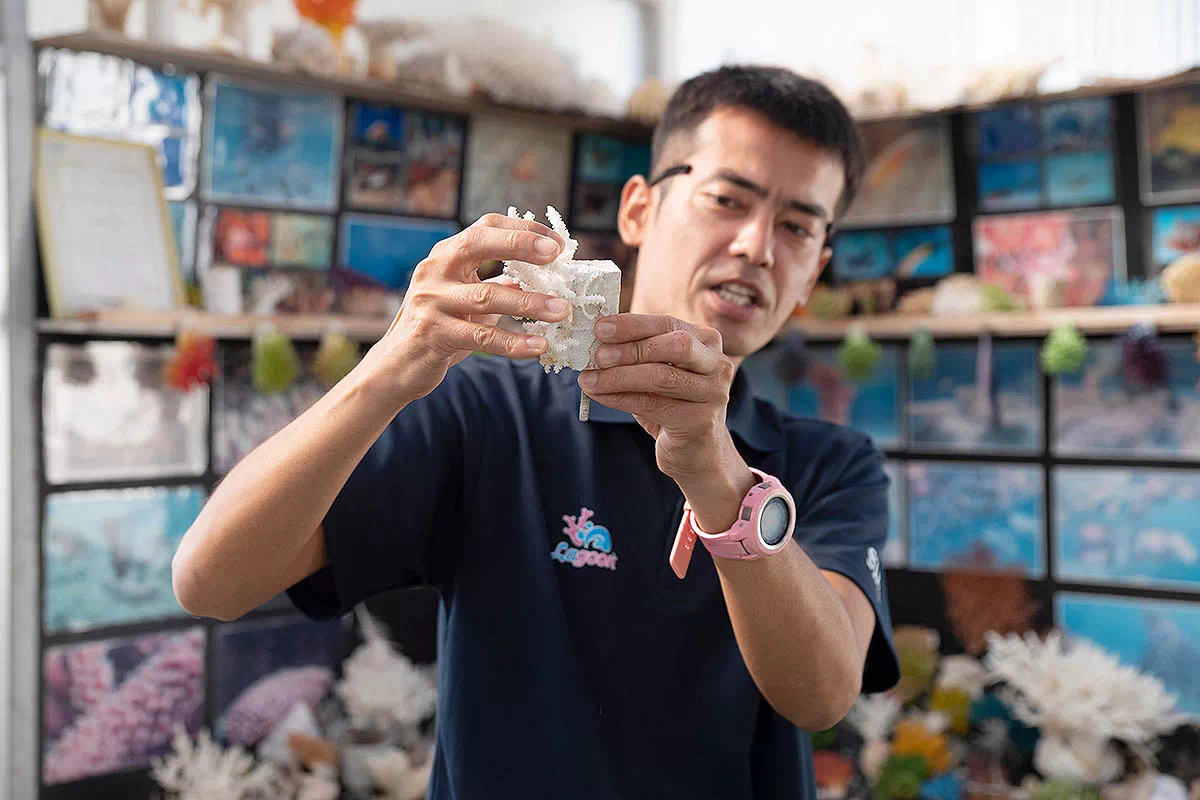
In addition to global warming and other threats caused by humans, reefs can be damaged physically by commercial fishing, poor diving practices, or coral collecting. Ocean trash is a problem with waste blowing from streets into rivers and out to sea. The survival of coral reefs is under threat, and many people and organizations are determined to protect the varied ecosystems that make Okinawa unique.
The people of Onna Village have been actively working to protect the coral reefs since 1999. In 2003, they succeeded in returning cultivated coral to the sea. Over time, and by cooperating with OIST, their methodology has improved. They have been able to confirm that the farmed and wild coral have the same genetic diversity.
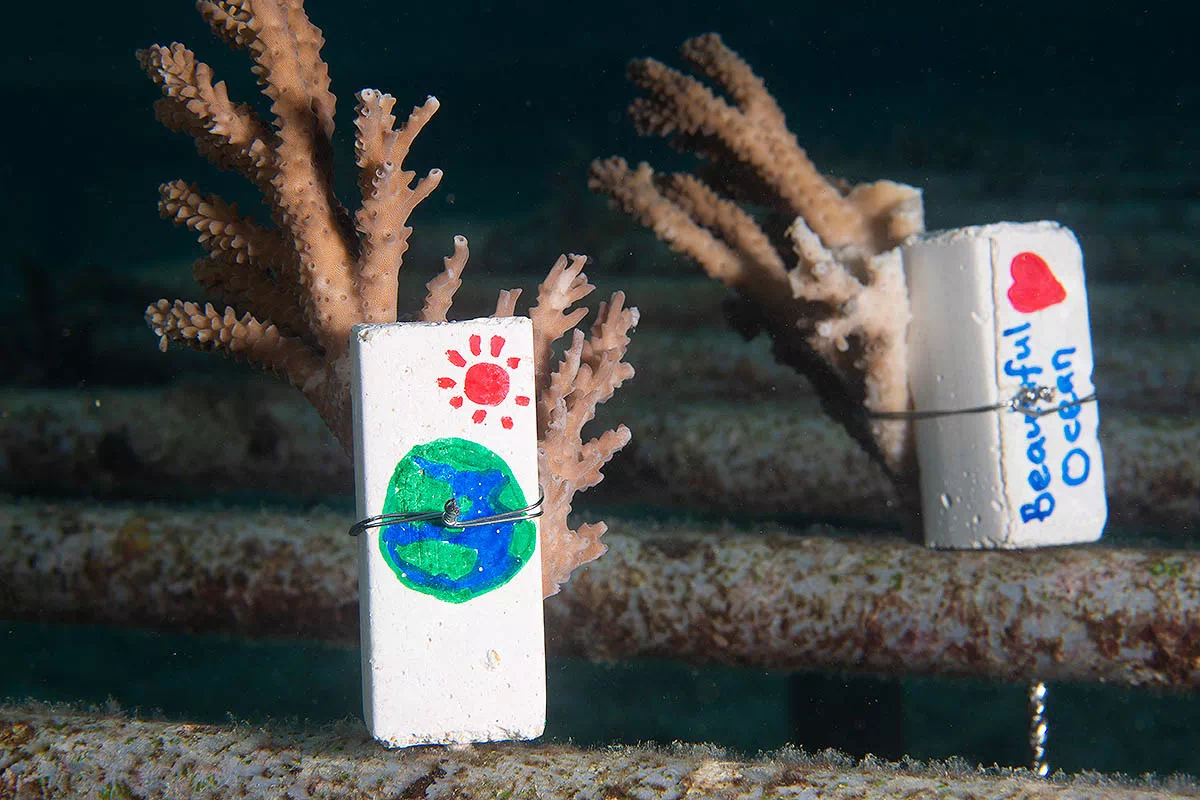
At Okinawa Diving Service Lagoon, visitors can learn about coral and participate in reef restoration. Using a unique guidebook prepared by Lagoon, the staff explains the biology, benefits, and vulnerabilities of coral. At the growing tanks visitors can participate in restoration efforts. Participants take a fragment of coral and attach it to a small piece of concrete using steel wire. It’s possible to write a message on the concrete to identify each piece.
The small fragments then grow under controlled conditions, and once large enough, they will be taken out and “planted” in the ocean. One of the spots where the reef restoration takes place is just a short boat ride out into the bay next to Cape Manza. Snorkelers affix the coral pieces on the seafloor, where they become a part of the amazing coral reef ecosystem. Although small, these corals will support the aquatic flora and fauna and the long-term health of island life in Okinawa.
Diving and snorkeling tips
● If you’re paddling, diving, or snorkeling in the ocean, try to use “reef safe” sunscreen, such as naturalshop (*only in Japanese).
● When snorkeling, take care not to damage the fragile coral. If entering from the shore, make sure not to step on the coral.
● While diving, maintain neutral buoyancy, and check your diving gear or fins are not touching the reef.
● Need something to perk you up after your dive? 35COFFEE (*only in Japanese) is a local coffee brand that donates 3.5% of its total sales towards coral restoration activities, including coral cultivation and transplanting.
Learn More
- Okinawa Diving Service Lagoon *only in Japanese
- naturalshop *only in Japanese
- 35COFFEE *only in Japanese
- OKINAWA CORAL REEF Relat

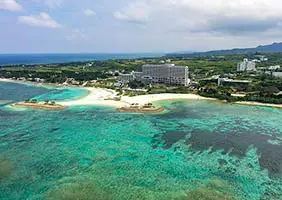
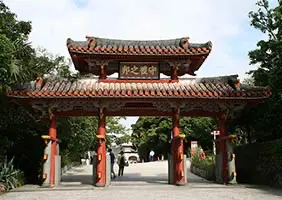
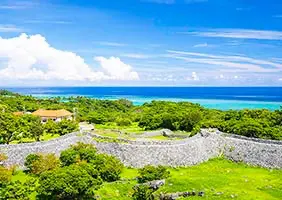


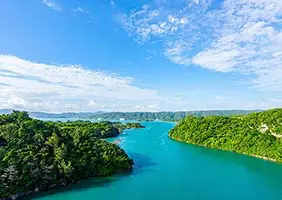

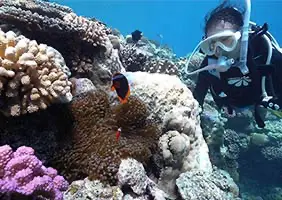

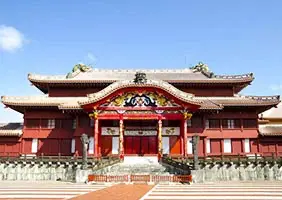
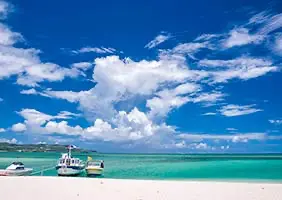
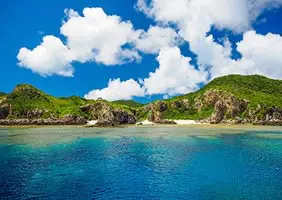
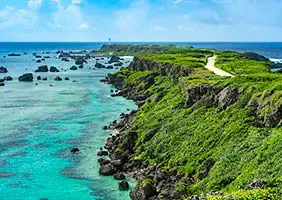
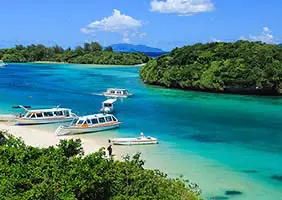
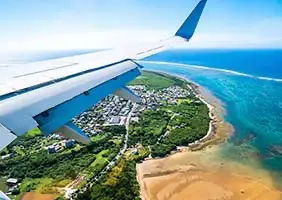
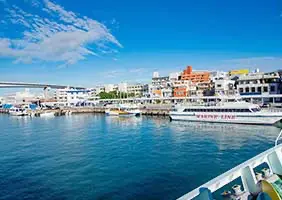
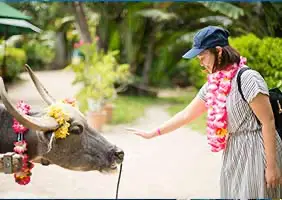
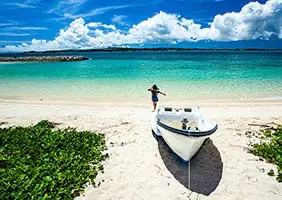
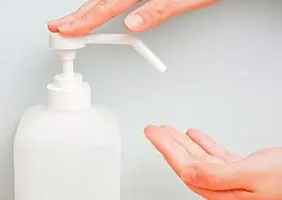
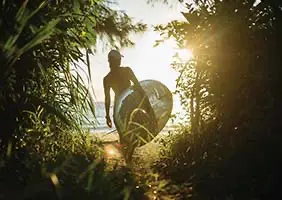
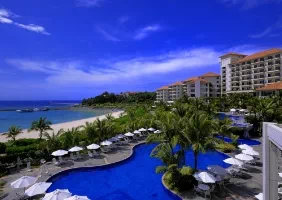
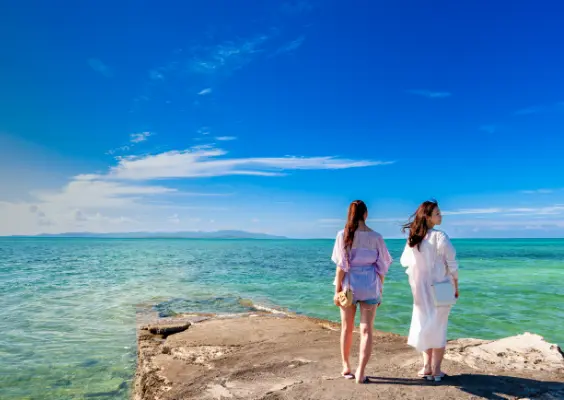
 Facebook
Facebook Twitter
Twitter Copy URL
Copy URL


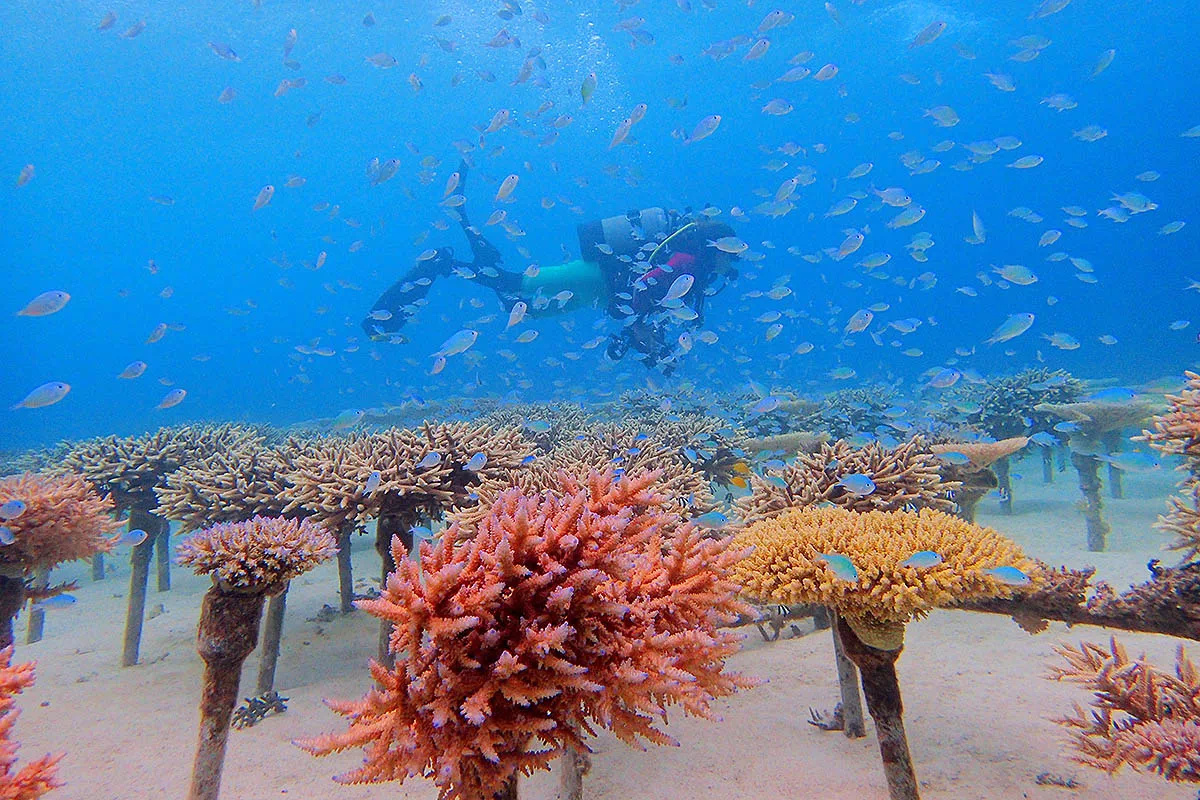
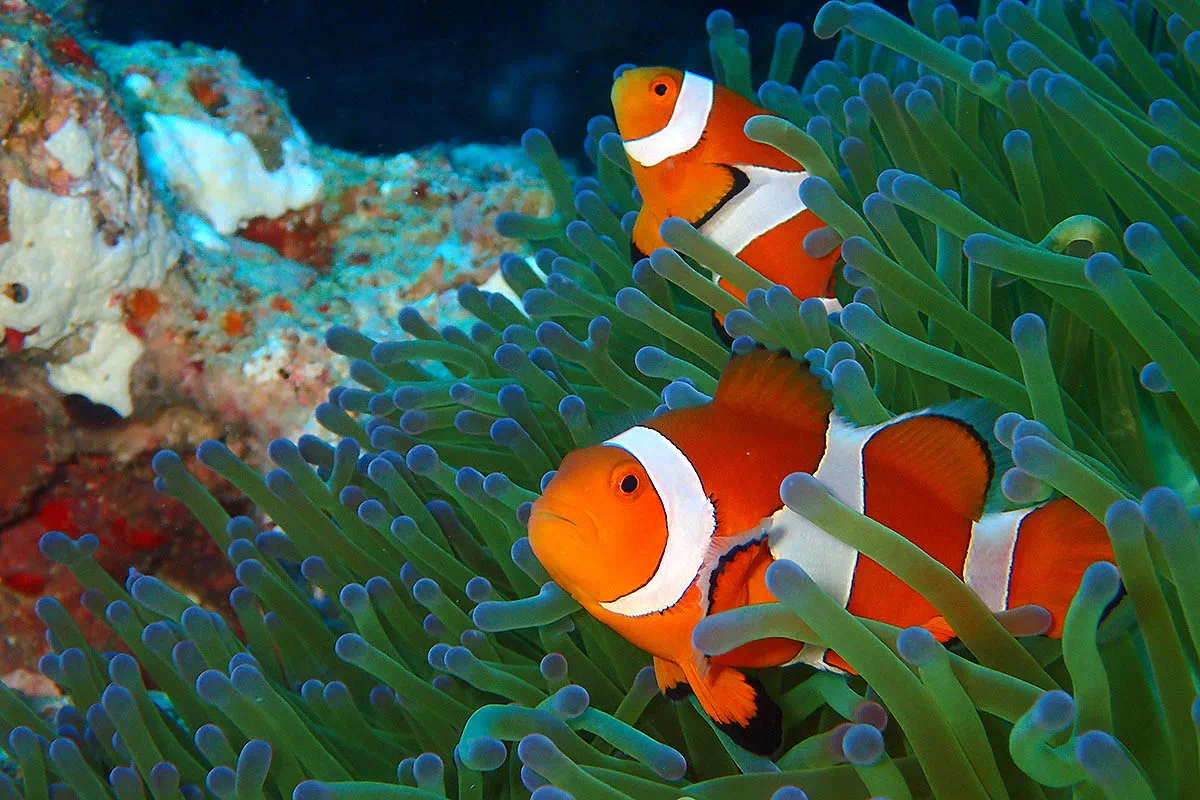
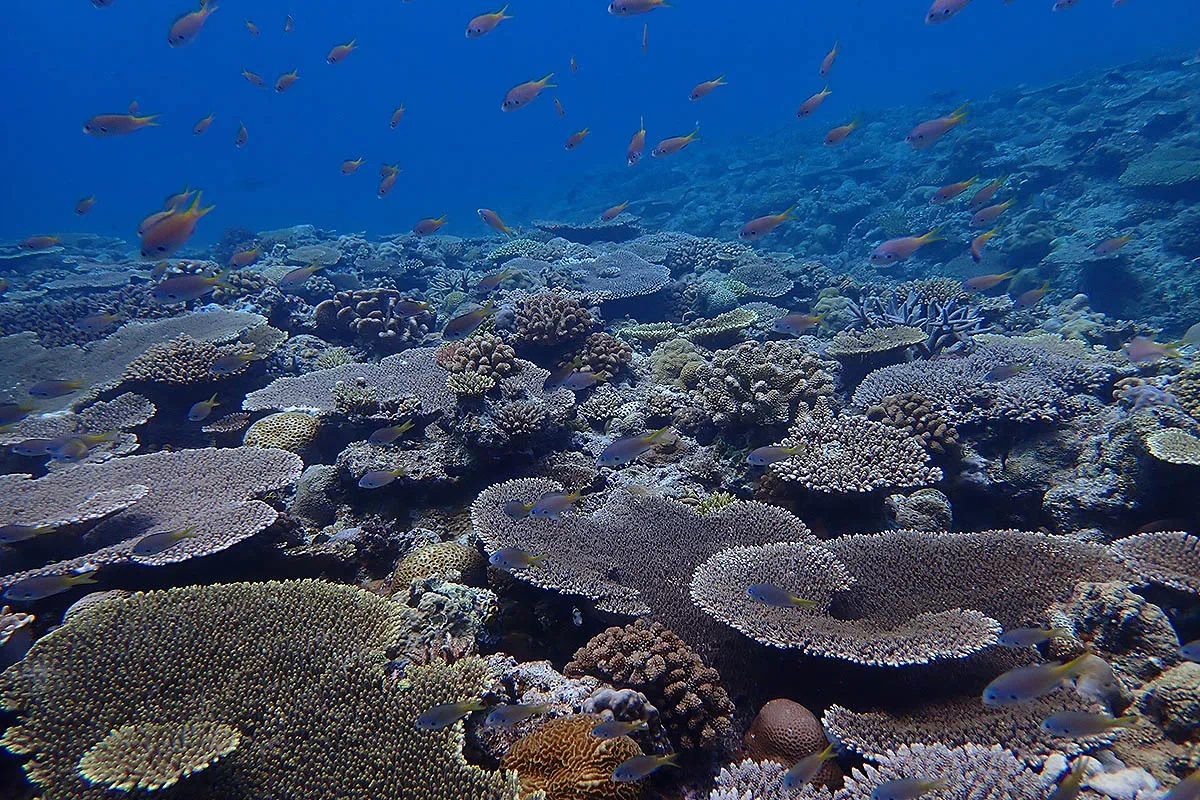
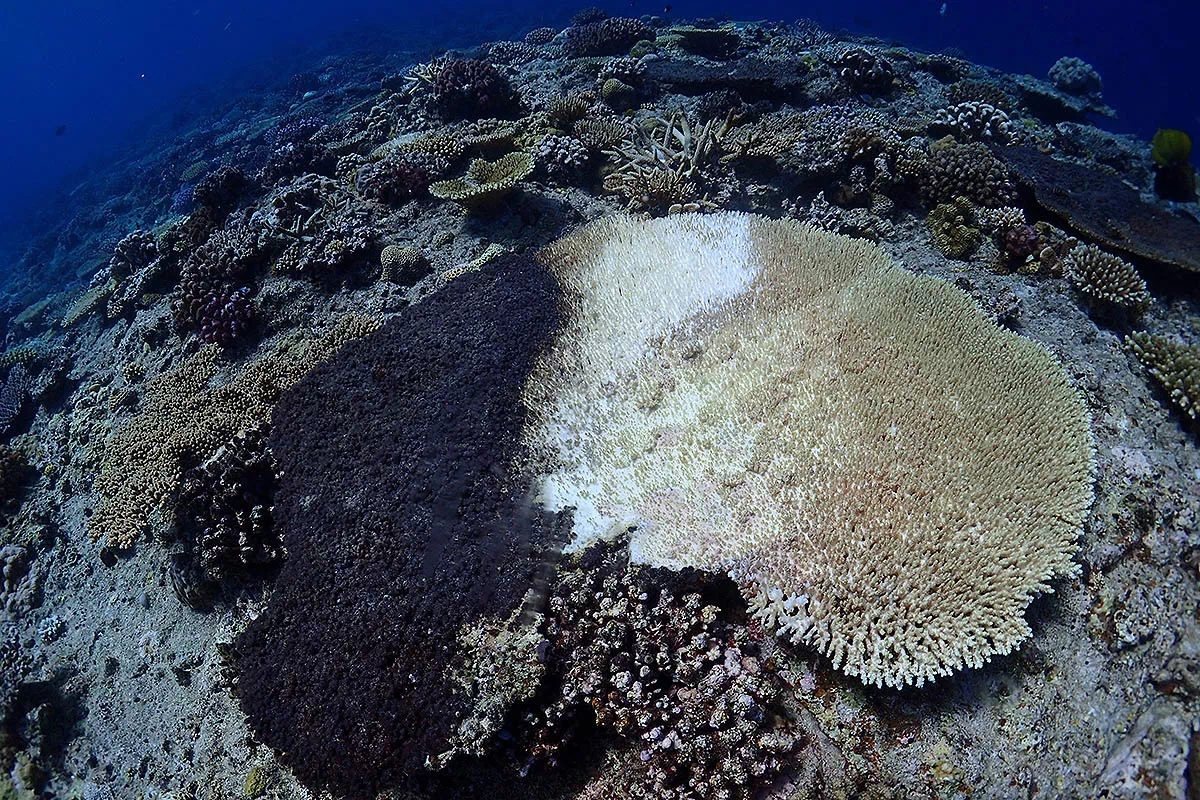
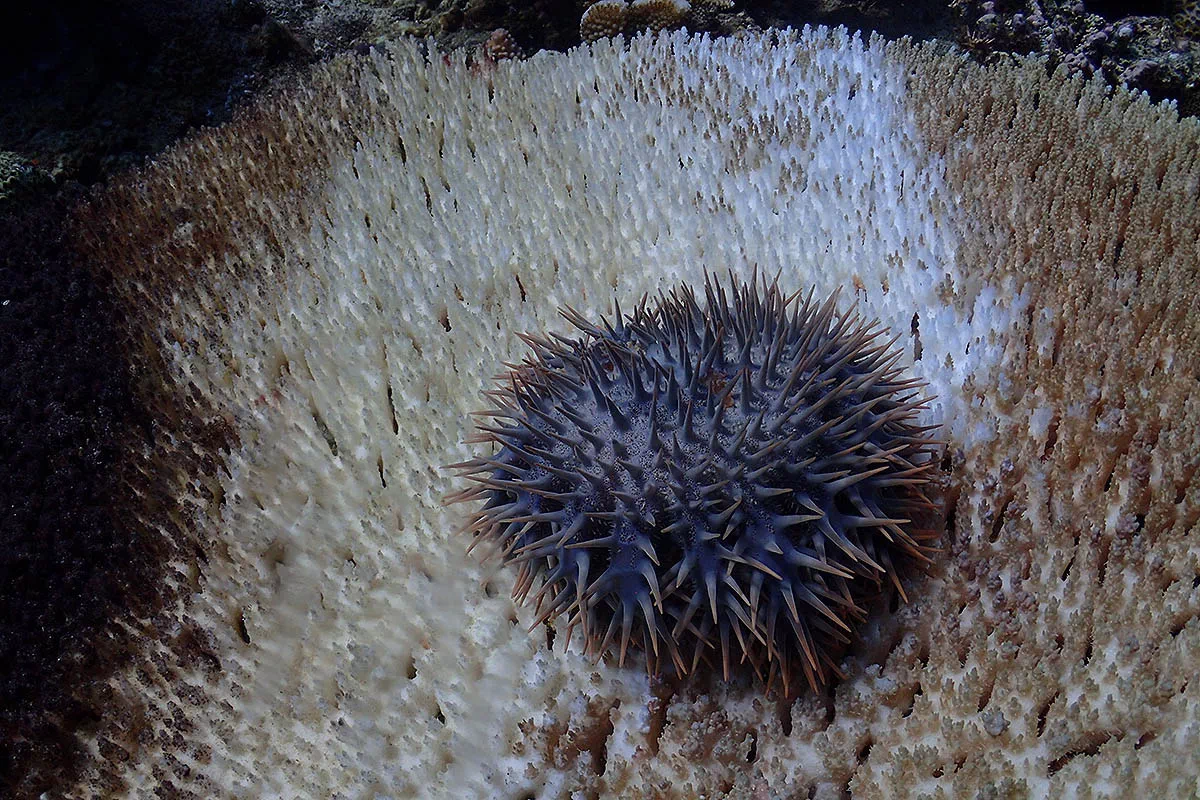
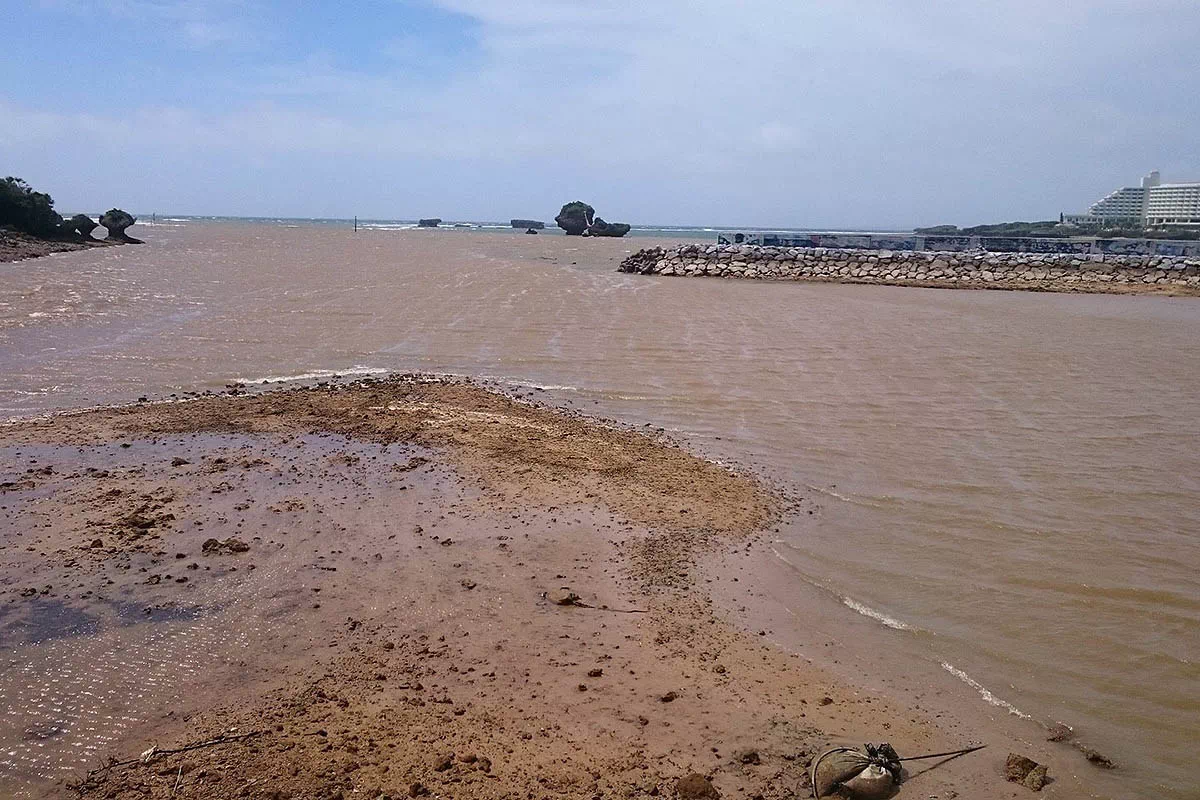
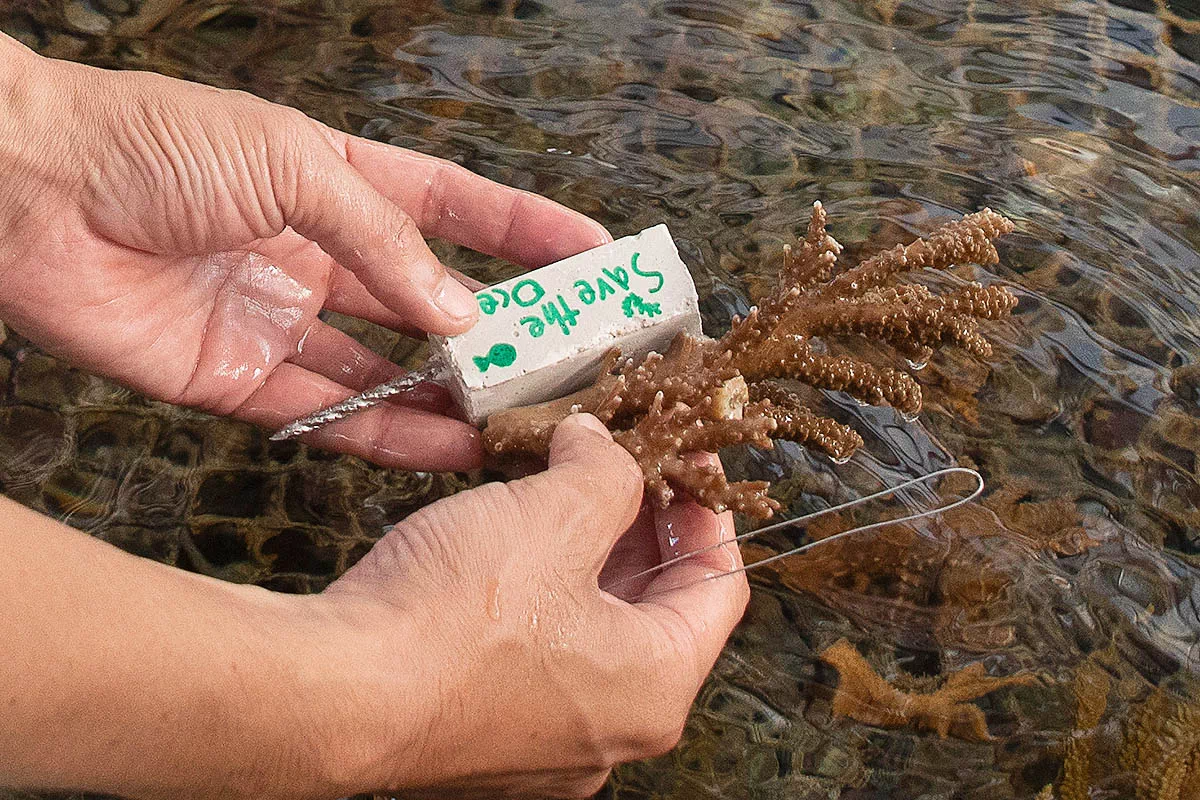
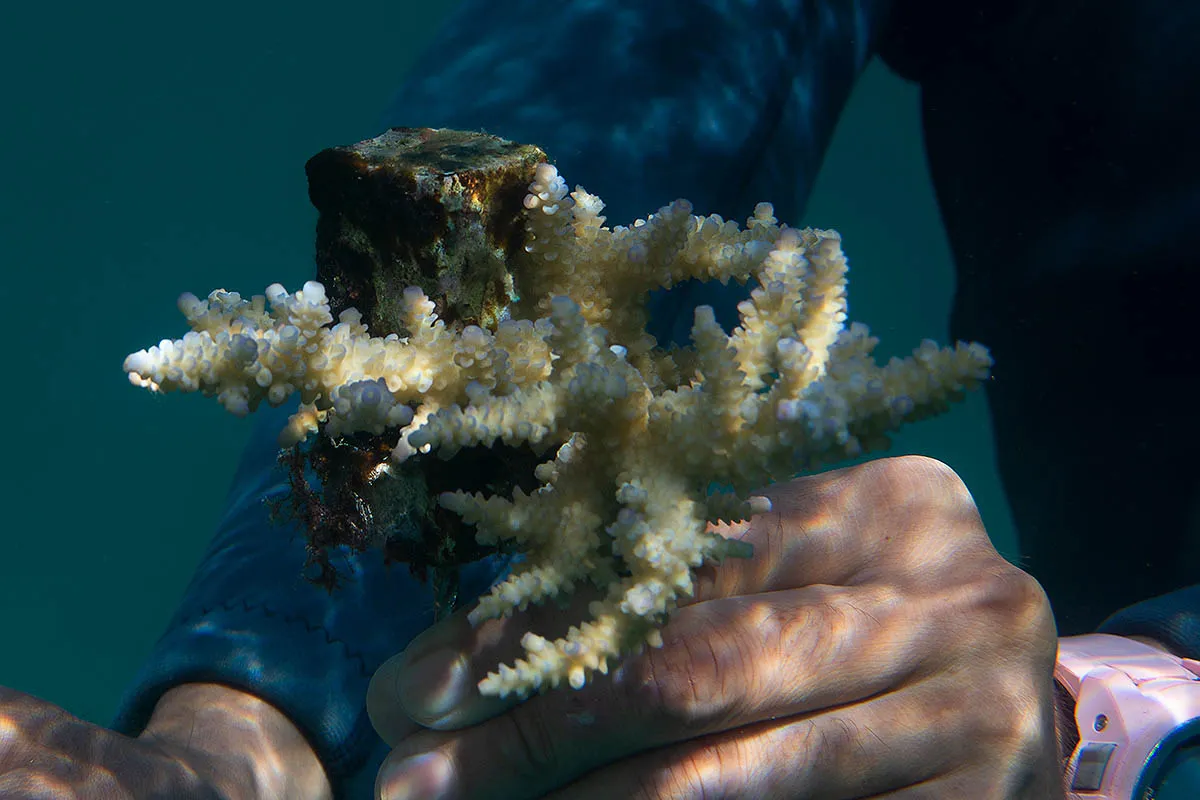
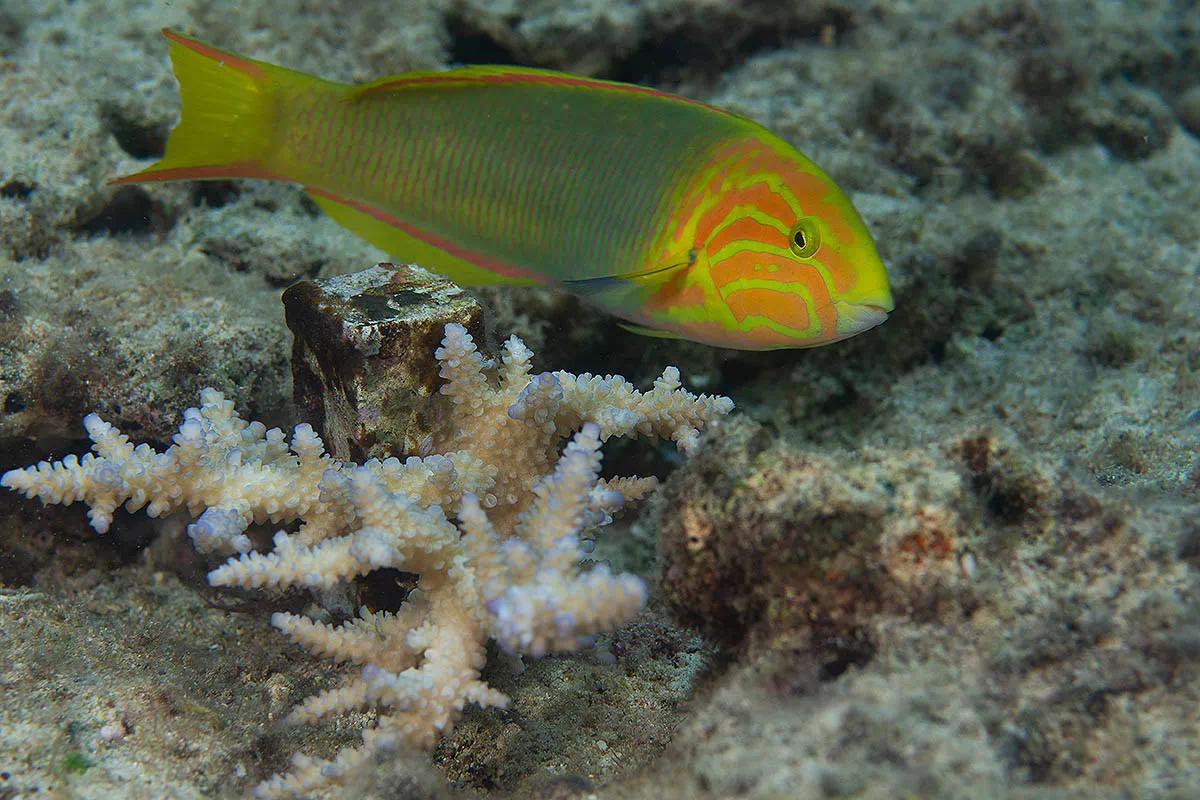
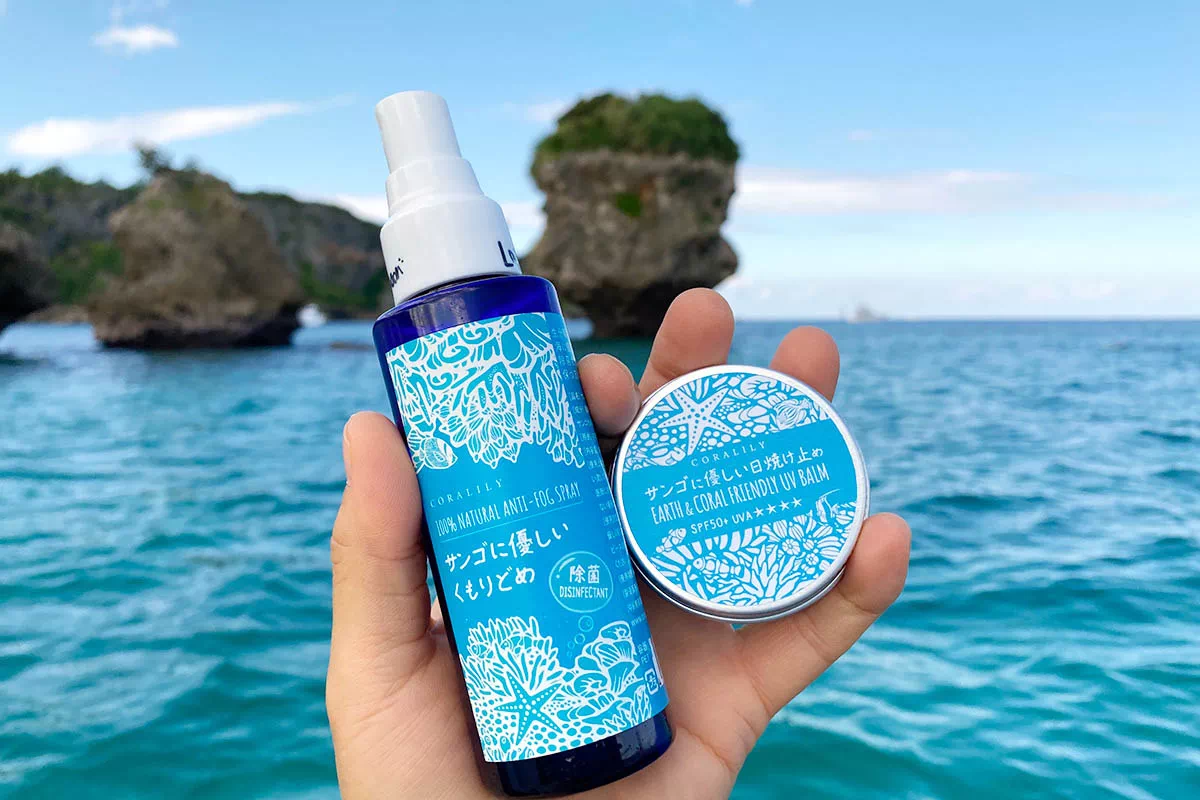
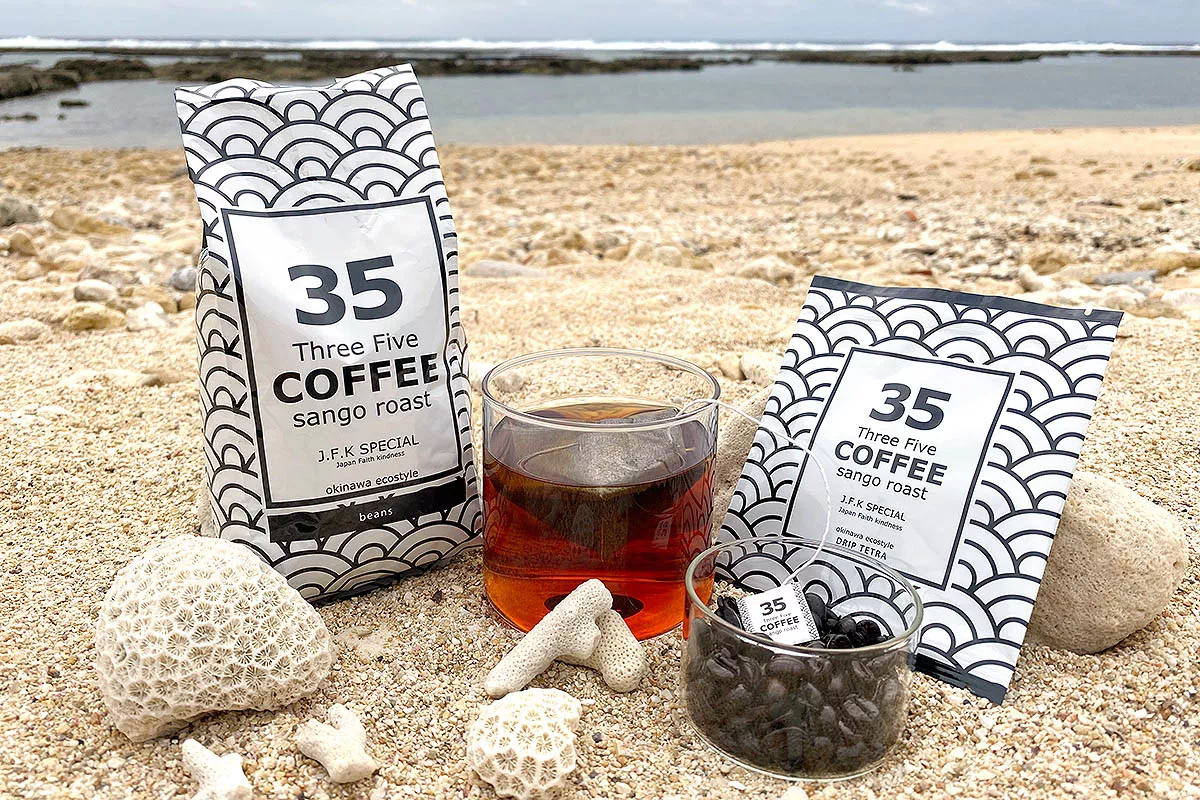
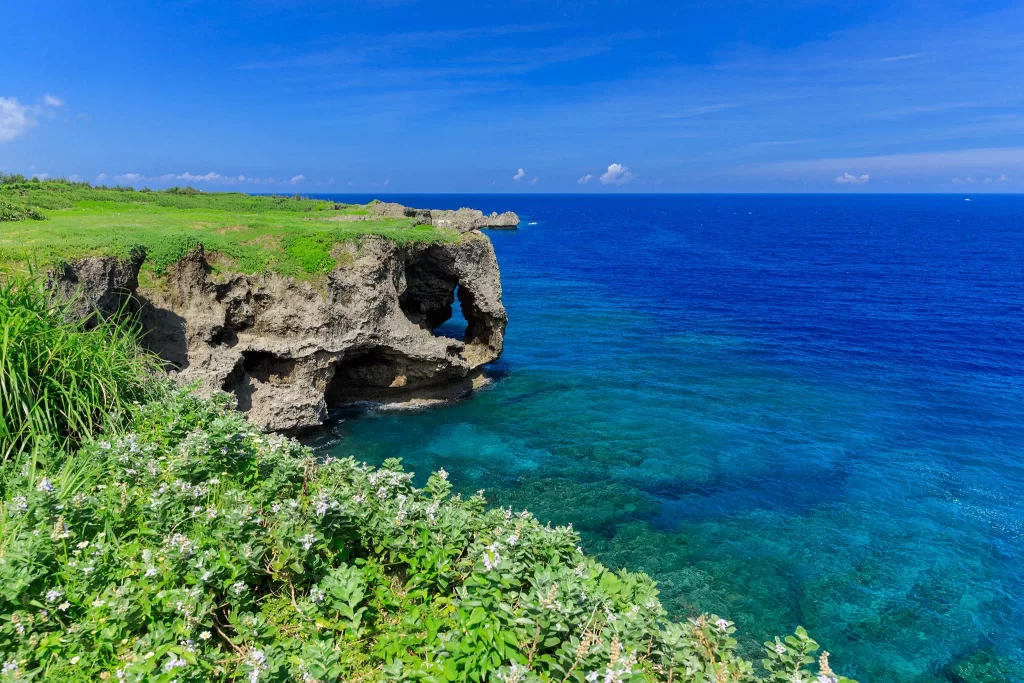
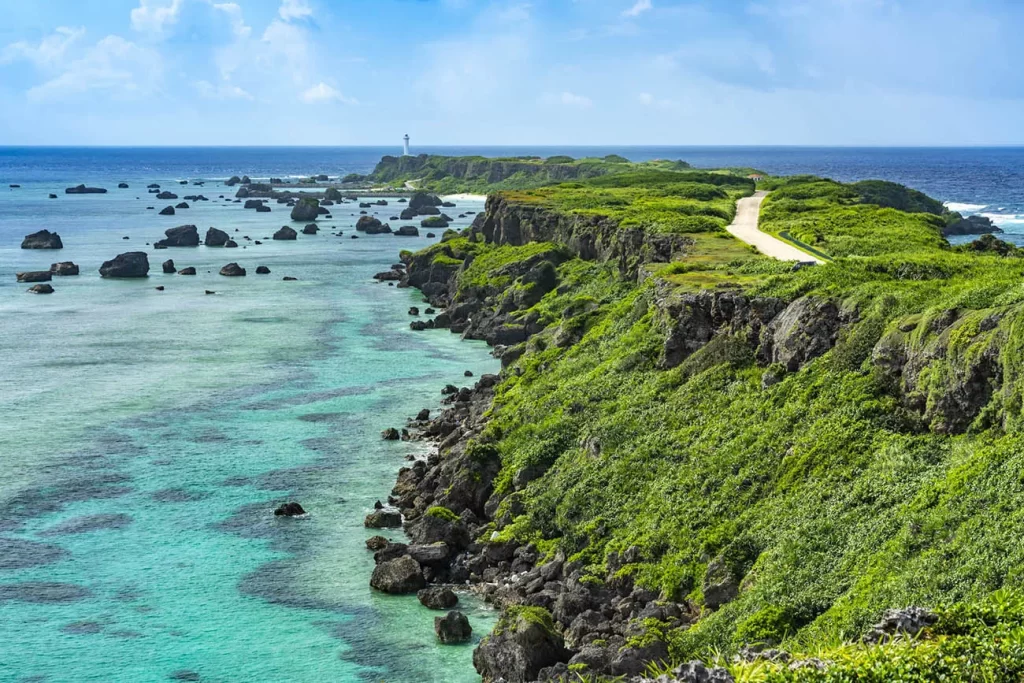
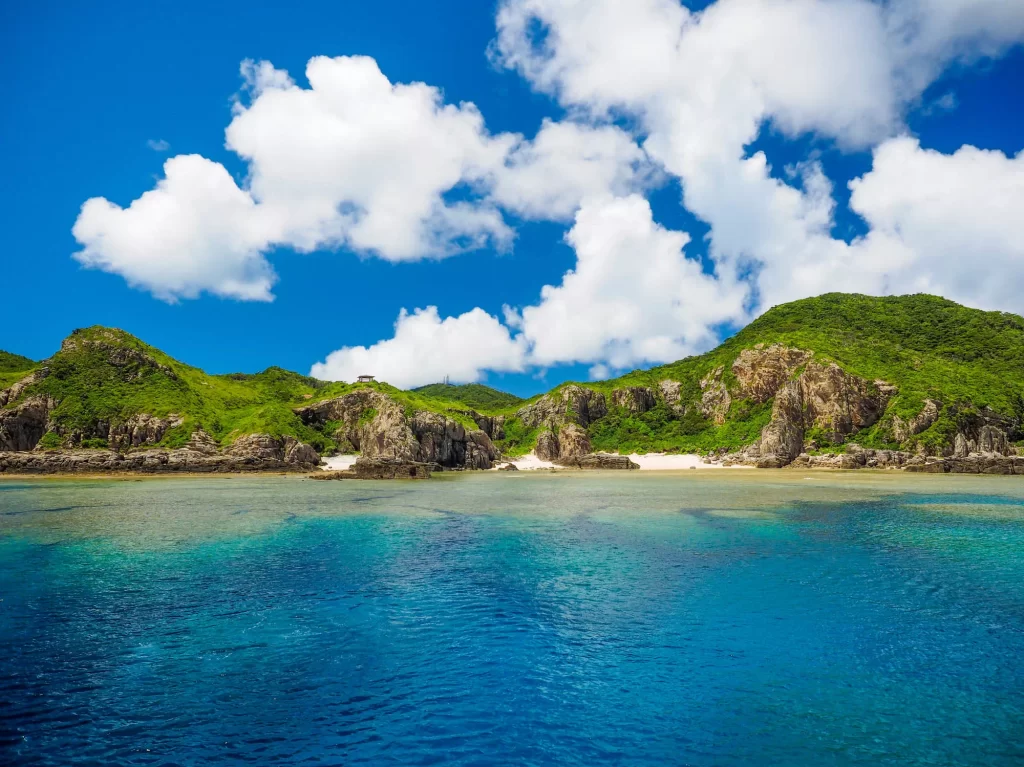
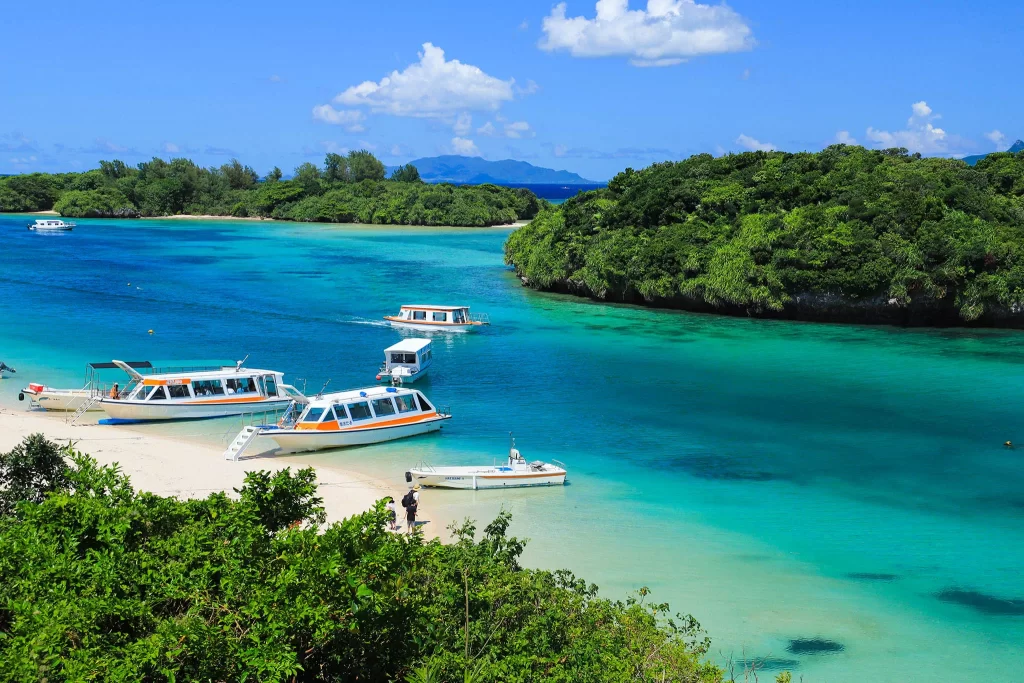
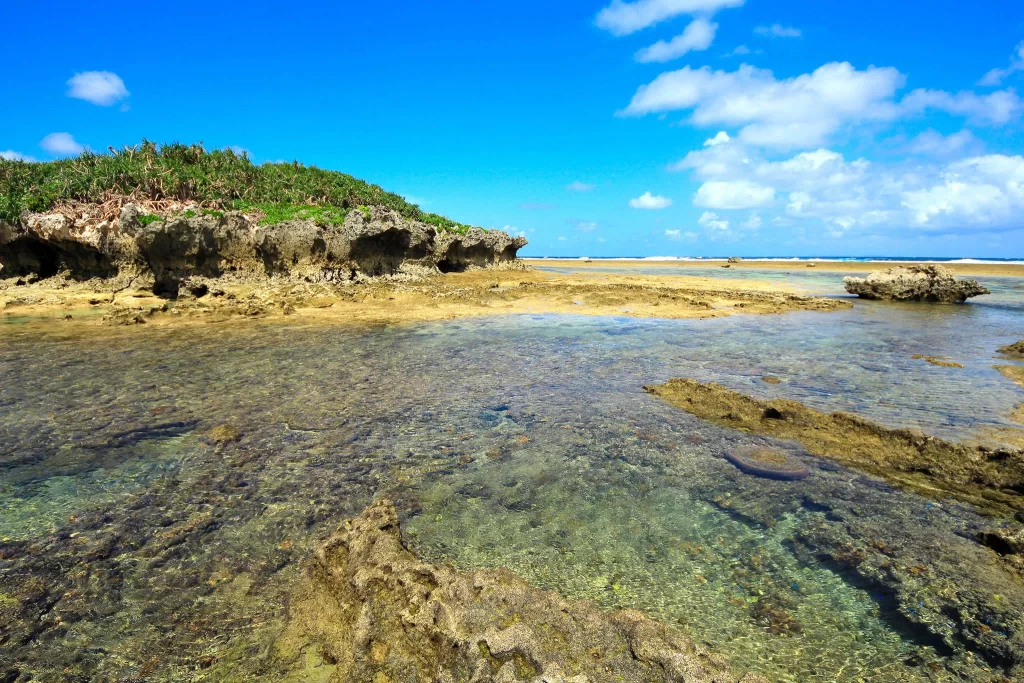
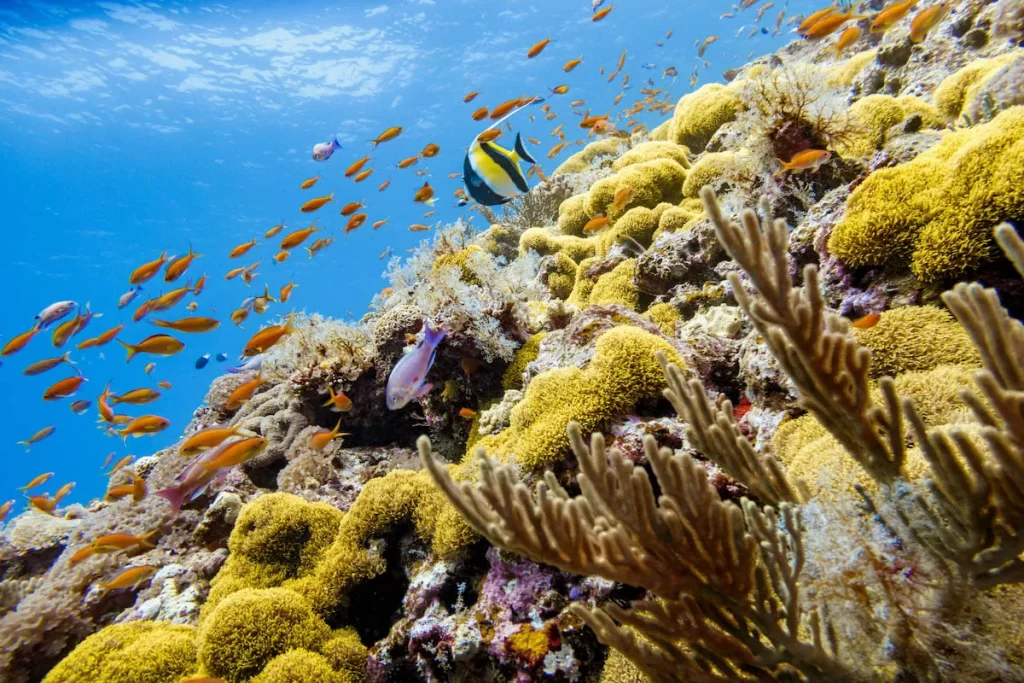
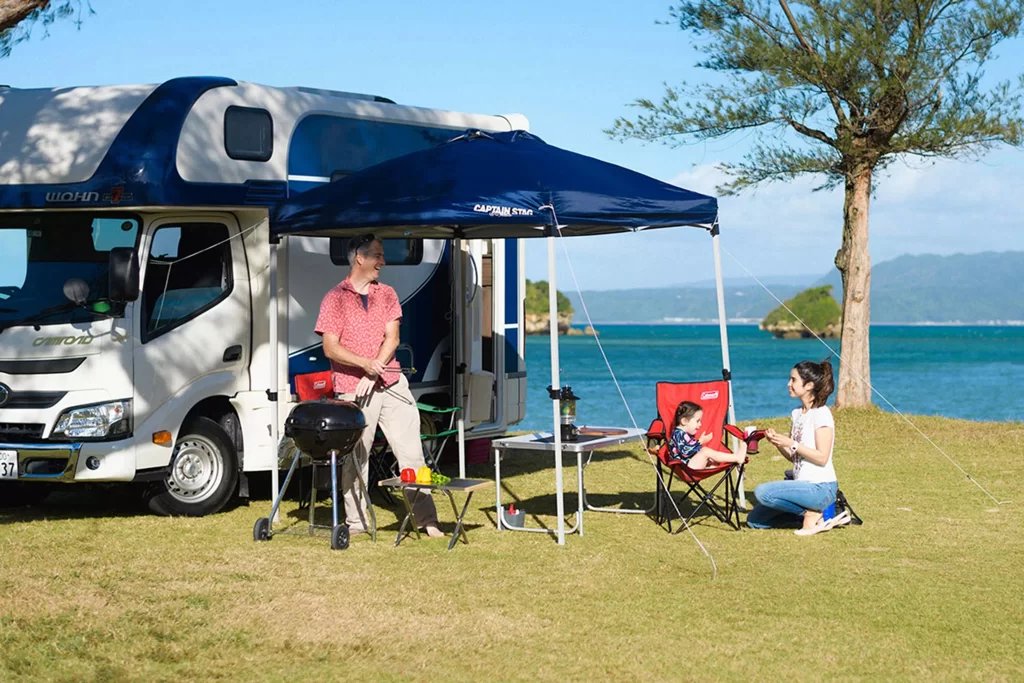

Last updated 2021/12/20
Text by Chris Willson
Chris Willson is a British photographer, videographer, and travel writer based in Okinawa for over 20 years.